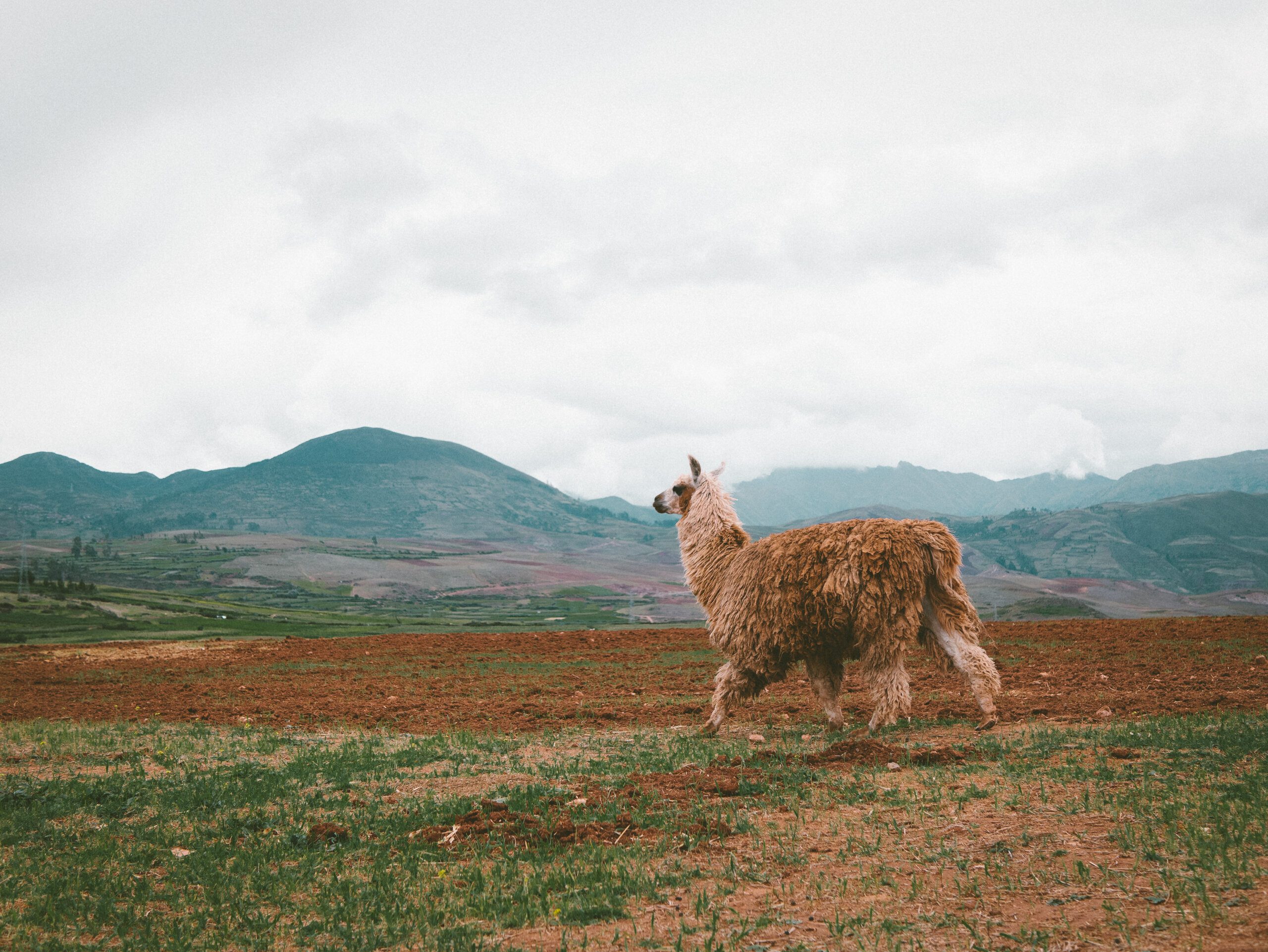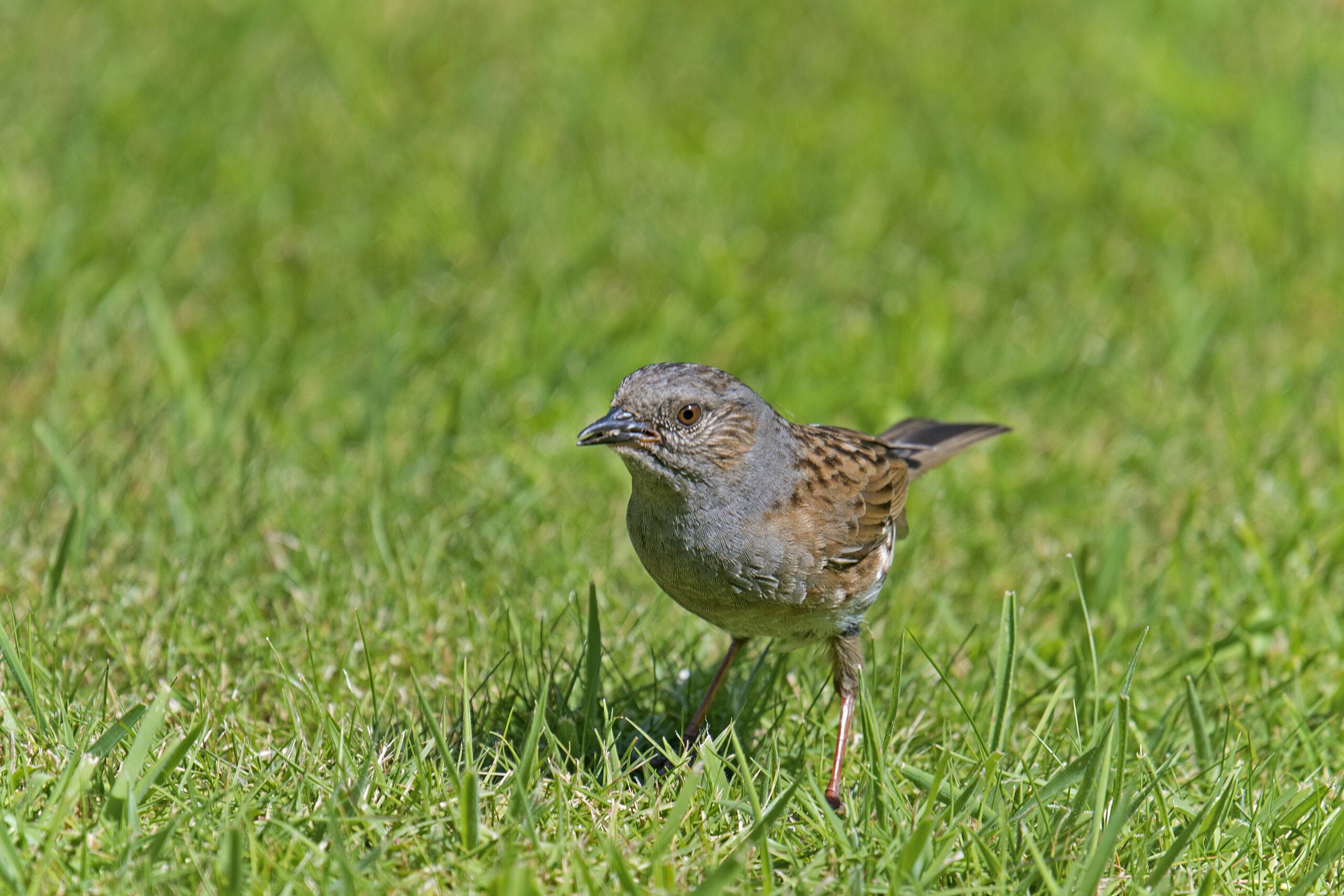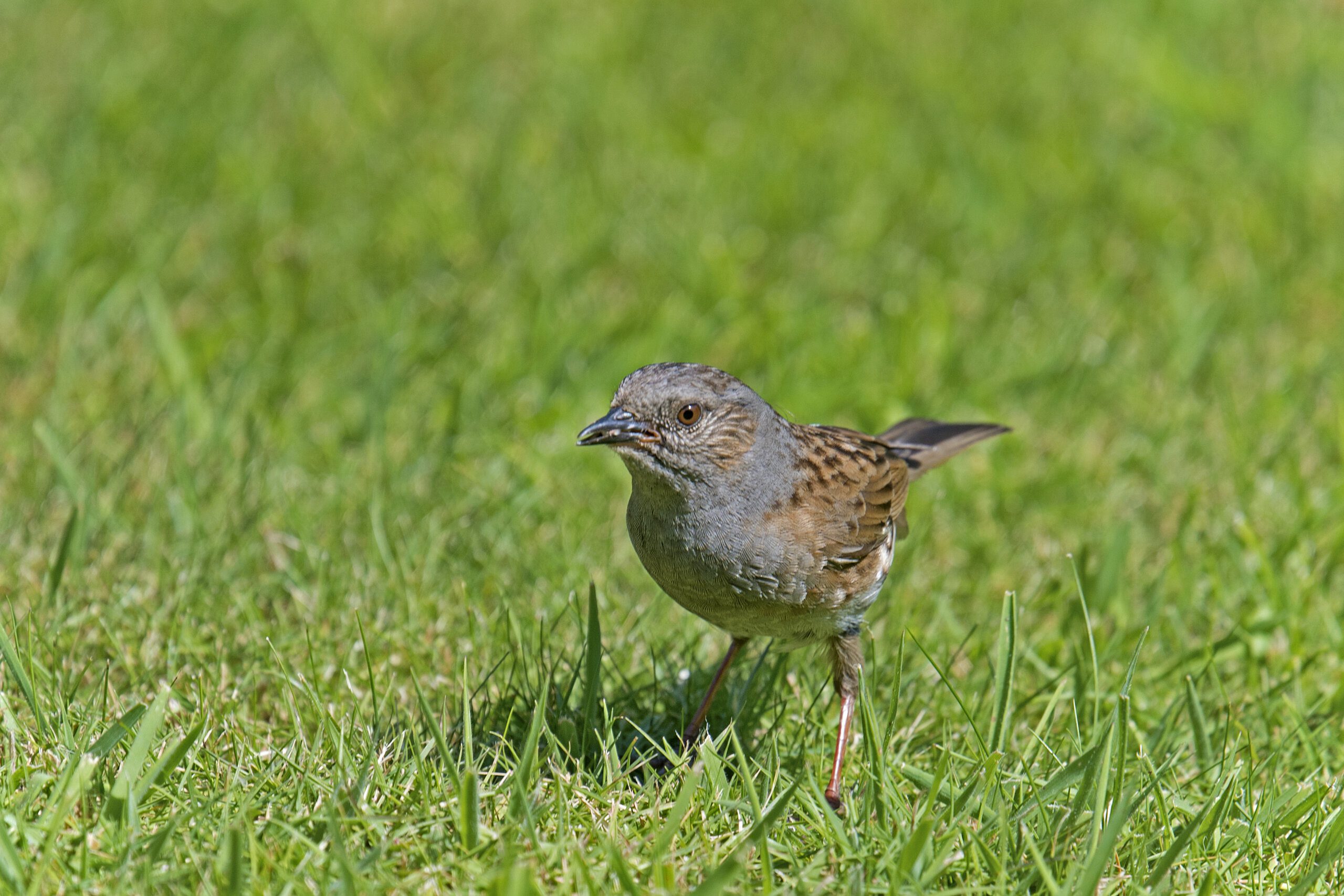Imagine a landscape where gentle giants roam freely, their brown fur glistening in the Texan sun. Curiosity piques as you wonder, are capybaras native to Texas? These fascinating creatures, known for their social nature and friendly demeanor, have become increasingly popular as exotic pets. However, in this captivating article, we will explore whether capybaras truly belong to the Lone Star State’s rich fauna, or if their presence is merely a result of human intervention. Brace yourself for a journey through history, ecology, and the heartwarming tales of these lovable creatures.

Background of Capybaras
Capybaras, the world’s largest rodents, are known for their docile nature and unique appearance. They are native to South America, specifically found in countries such as Brazil, Venezuela, and Argentina. These semi-aquatic creatures are well-adapted to the tropical environments of their homeland, where they inhabit dense forests, grasslands, and wetlands. Capybaras are highly social animals, often seen in large groups, and they have a lifespan of around 8-10 years in the wild.
Native Habitat of Capybaras
South America
South America is the natural range of capybaras, where they have thrived for centuries. They are particularly abundant in the Amazon Basin, where the combination of dense vegetation and large water bodies provides them with the ideal conditions for their lifestyle. The warm climate, abundant food sources, and network of rivers and lakes make South America a haven for capybaras.
Aquatic Environments
Capybaras are well-suited to aquatic environments, often seeking refuge in bodies of water during periods of intense heat or to escape predators. Their webbed feet and ability to hold their breath underwater enable them to navigate and forage in aquatic habitats with ease. Capybaras are efficient swimmers and can reach impressive speeds, making them truly fascinating creatures of the water.

Introduction to Texas
Geographical Location
Texas, the second-largest state in the United States, is situated in the southern region of the country. Bordered by Mexico to the south, New Mexico to the west, Oklahoma to the north, and Louisiana and Arkansas to the east, Texas boasts a diverse geographical landscape. From the coastal plains along the Gulf of Mexico to the mountains of the Trans-Pecos region, Texas offers a varied environment that supports a wide array of wildlife.
Climate
Texas experiences a range of climates due to its vast size and geographical diversity. The eastern part of the state has a humid subtropical climate, characterized by hot and humid summers and mild winters. In contrast, the western part of Texas has a semi-arid and arid climate, with hot summers and cooler winters. The combination of different climatic zones in Texas contributes to its biodiversity and the potential for various species to adapt and thrive in different regions.
Arrival of Capybaras in Texas
Introduction of Exotic Species
Capybaras, not being native to Texas, have been introduced into the state by human activity. As exotic pets, capybaras gained popularity among some individuals who sought to keep these unique creatures as companions. However, the decision to release or escape capybaras into the wild has raised concerns about their impact on the local ecosystem.
Escaped Pets
In addition to intentional releases, there have also been instances of capybaras escaping from captivity. Despite their seemingly gentle nature, capybaras can be surprisingly agile and resourceful, making it challenging to contain them in a domestic setting. Escaped capybaras have been reported in various areas of Texas, leading to sightings and encounters with these unexpected visitors.

Capybara Sightings in Texas
Recorded Sightings
Over the past decade, there have been numerous reported sightings of capybaras in different parts of Texas. These sightings have primarily occurred near bodies of water, such as rivers, lakes, and ponds, where capybaras can find the necessary resources for survival. Witnesses have described encounters with groups of capybaras, enjoying the warm Texan climate and seemingly at ease in their new environment.
Confirmation through Photographs
Photographic evidence has provided additional confirmation of the presence of capybaras in Texas. Local residents and wildlife enthusiasts have captured images of these curious creatures, showcasing their unmistakable appearance and distinctive features. These photographs have not only sparked public interest but have also served as valuable documentation for researchers studying the spread and behavior of capybaras in Texas.
Potential Adaptation to Texas
Availability of Suitable Habitats
Capybaras in Texas have the advantage of a landscape that offers a variety of suitable habitats. The state’s network of rivers, lakes, and wetlands mirrors the aquatic environments capybaras are accustomed to in South America. The abundance of vegetation and water sources ensures that capybaras can find food and shelter, increasing their likelihood of survival and successful adaptation to their new surroundings.
Ability to Thrive in Changing Environments
Capybaras have demonstrated their adaptability, successfully establishing populations in places beyond their native range. While the introduction of foreign species can have adverse impacts, capybaras have shown resilience in various locations worldwide. Their ability to tolerate different climatic conditions and utilize available resources positions them as potential candidates for thriving in Texas, as long as the necessary balance is maintained between their population and the local ecosystem.
Concerns and Considerations
Impact on Native Wildlife
The presence of capybaras in Texas raises concerns about their potential impact on native wildlife. As herbivores, capybaras might compete with local species for food resources, potentially disrupting the natural balance. Additionally, their burrowing behavior and grazing habits can impact vegetation and alter habitat structures, influencing other species dependent on these ecosystems. Proper monitoring and understanding of capybara populations are crucial to assess and mitigate any negative effects on the native wildlife community.
Potential for Disease Transmission
Introducing non-native species can also pose risks in terms of disease transmission. Capybaras, like many animals, can carry and transmit various pathogens that may be harmful to other species, including humans. It is essential to thoroughly study the health and disease dynamics of capybaras in Texas to prevent the spread of potential diseases and safeguard the well-being of both wildlife and human populations.
Current Conservation Efforts
Monitoring and Research
Efforts are underway to monitor the presence and behavior of capybaras in Texas. Researchers and wildlife agencies are conducting surveys, collecting data, and studying the impacts of capybara populations on the local environment. By understanding their distribution and behavior, conservationists can develop effective strategies for managing capybaras and minimizing any potential negative effects.
Educational Programs
Educational programs aimed at increasing public awareness about capybaras in Texas are also vital components of conservation efforts. By informing the public about the ecological implications of introducing exotic species and the responsibilities associated with owning non-native pets, these programs can help prevent further unintentional releases and ensure responsible decision-making regarding capybaras and other wildlife.
Legal Status and Regulations
Exotic Pet Regulations
As the arrival of capybaras in Texas is primarily due to their popularity as exotic pets, regulations surrounding the ownership and trade of these animals play a crucial role. Laws regarding the possession of capybaras as pets vary among different states and countries. In Texas, for example, keeping a capybara as a pet typically requires a permit and adherence to specific guidelines to ensure the animal’s welfare and minimize the risk of escape or unintentional release.
Hunting and Trapping Restrictions
While capybaras are not considered game species in Texas, hunting or trapping them may be subject to specific regulations set by wildlife authorities. These restrictions aim to ensure responsible management and prevent uncontrolled harvesting. Balancing the need to manage capybara populations while respecting their presence as non-native species poses an ongoing challenge for wildlife agencies and policymakers.
Future Perspectives
Continued Expansion of Capybara Populations
Given the adaptability and reproductive potential of capybaras, it is likely that their populations in Texas will continue to expand. As more individuals become aware of and interested in these unique creatures, the number of intentional releases or accidental escapes may increase. It is crucial to stay vigilant and proactive in managing capybara populations to prevent any detrimental consequences to local ecosystems while respecting their presence as part of Texas’s diverse wildlife.
Balancing Conservation and Management
Moving forward, striking a balance between conservation and management efforts will be paramount regarding capybaras in Texas. This balance involves protecting native species and habitats, mitigating potential negative impacts, and ensuring the well-being of capybaras within their new environment. By maintaining a scientific approach, fostering public awareness, and implementing effective management strategies, Texas can navigate the exciting and complex journey of coexisting with capybaras.



